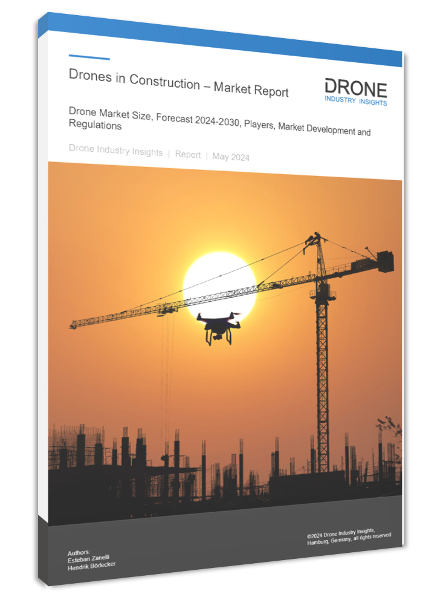CONTENT
Our infographic shows how drone parachutes impact the kinetic energy of a falling drone. More specifically, it shows the relationship between drone parachute size and a drone’s weight class, and this relationship is based on several currently-available drone parachutes from a dozen of the top brands. As shown in the plot chart, bigger parachutes have a bigger impact on falling speed and kinetic energy (measured in Joules). However, there is a strong difference in drone parachutes impact energy already noticeable between a 1m² parachute designed for drones under 2.5kg and a 1.2m² parachute that can be put on drones up to 10kg.
Based on the curves in the infographic, it would seem that many of these parachutes are being designed with a goal of bringing the kinetic energy in Joules to 200 or below, and there is a high concentration below the 100J line. Moreover, a drone parachutes impact energy is substantially affected by the size of the parachute in m². The curve flattens significantly for bigger drone parachutes and drone parachutes that are 7m² or above will almost always bring down kinetic energy to 200 or below.
If you’re looking for more information on drone parachutes impact energy and the reasons to use drone parachutes, read our blog post. Here is an excerpt from the blog:
“Naturally, no one wants a drone to malfunction or completely fail in mid-air. However, this is something that is entirely out of the pilot’s control (assuming they have carried out regular checks between missions). Moreover, in a worst-case scenario where a drone might be in freefall above a crowd of people, it is clear that a pilot can’t retrospectively put on a parachute that wasn’t there in the first place.”























